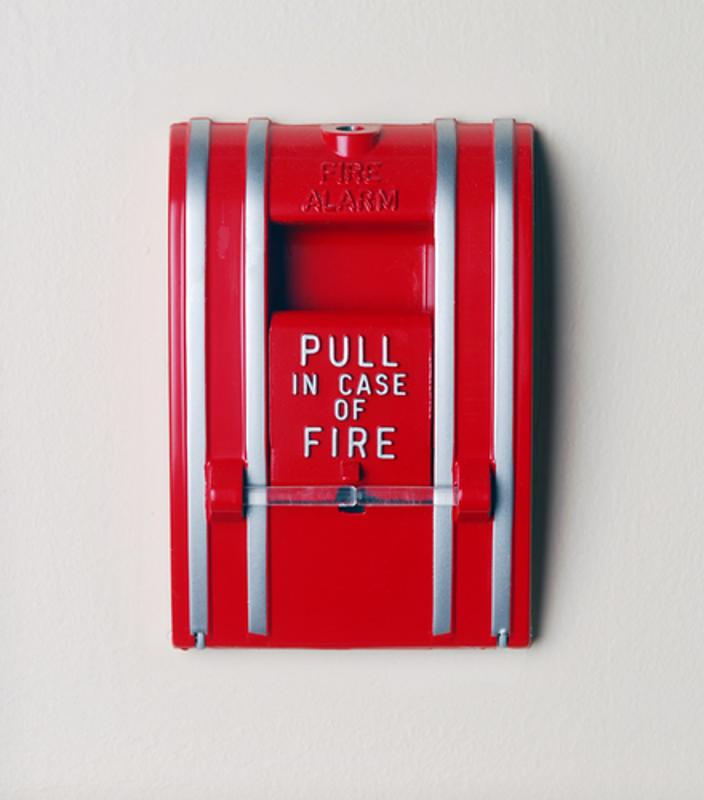Every company should consider fire protection one of its top priorities. Fires occur in warehouses, industrial facilities and commercial facilities every year, sometimes causing severe injury or even death. Between 2006 and 2015, there was an average of 1,300 structure fires in warehouse properties each year, according to the National Fire Protection Association. In total, these fires caused 22 injuries, three deaths and $158 million in damage each year.
Fire protection in warehouses will become more important as companies increasingly invest in automation. Adopting automatic storage and retrieval systems, for example, and the drive to pack more into every inch of warehouse space may be practical and increase productivity, but this can also escalate the risk of fire.
Facility managers should review the fire safety equipment and other protections in their warehouses and make updates where needed.
Sprinkler systems and detectors
Sprinkler systems and smoke detectors are two great places to start. According to the aforementioned NFPA study, two-thirds of the warehouse fires happened in facilities without sprinkler systems. In some cases, fires started in facilities with sprinkler systems, but not in the area where the fire originated.

Warehouses should be equipped with sprinkler and detection systems to prevent the spread of fires.
Installing sprinkler systems and ensuring they reach all areas of the warehouse can make your warehouse safer and less prone to damage if a fire does break out. Some sprinkler systems are designed to be installed within the racking system itself, which can help stop fires at the source and limit spreading.
Another two-thirds of warehouse fires happen where there are no detectors present. In a majority of those cases, the area doesn't have a sprinkler or a detector, making for a very dangerous situation. Detectors can alert employees and visitors to the danger and prompt a nearby fire department to begin making their way to the facility.
Preventing fires through safe practices
Knowing the most common causes of warehouse fires can help you prevent them. Nearly 20 percent of fires between 2009 and 2013 started because of an electrical malfunction or failure, according to the NFPA's 2016 Structure Fires in Warehouse Properties report.
Ensuring that all electrical wiring is completed properly and doesn't sustain damage is essential. Additionally, any employee who works with electricity should have the appropriate personal protection equipment. Electrical issues are among the leading causes of fire-related injuries.
The incorrect operation of equipment and mechanical failure or malfunction also made the NFPA's list. Each contributed an average of 11 percent of warehouse fires annually between 2009 and 2013. The abandonment or discarding of material or product caused one in 10 fires annually. Employee training can help prevent every one of these catalysts.
Not all fires have one source. Often, there are multiple contributing factors that, when added together, all start a fire. Common contributing factors include:
- Misuse of materials.
- Improper container.
- Open fire for warming or cooking.
- Failure to clean.
- Unattended equipment.
Fortunately, all of these situations can be avoided. Employee training can reduce instances of material misuse and unattended equipment. Improving or rethinking your heating system might reduce the incidents of open fires at the warehouse.
Working with a National Maintenance Services embedded technician can help identify when equipment or areas need to be inspected, maintained, cleaned or replaced. NMS technicians will also know which fire protection equipment suppliers will best suit your needs. To learn more about how an NMS dedicated on-site technician can benefit your warehouse or facility, connect with us today.

